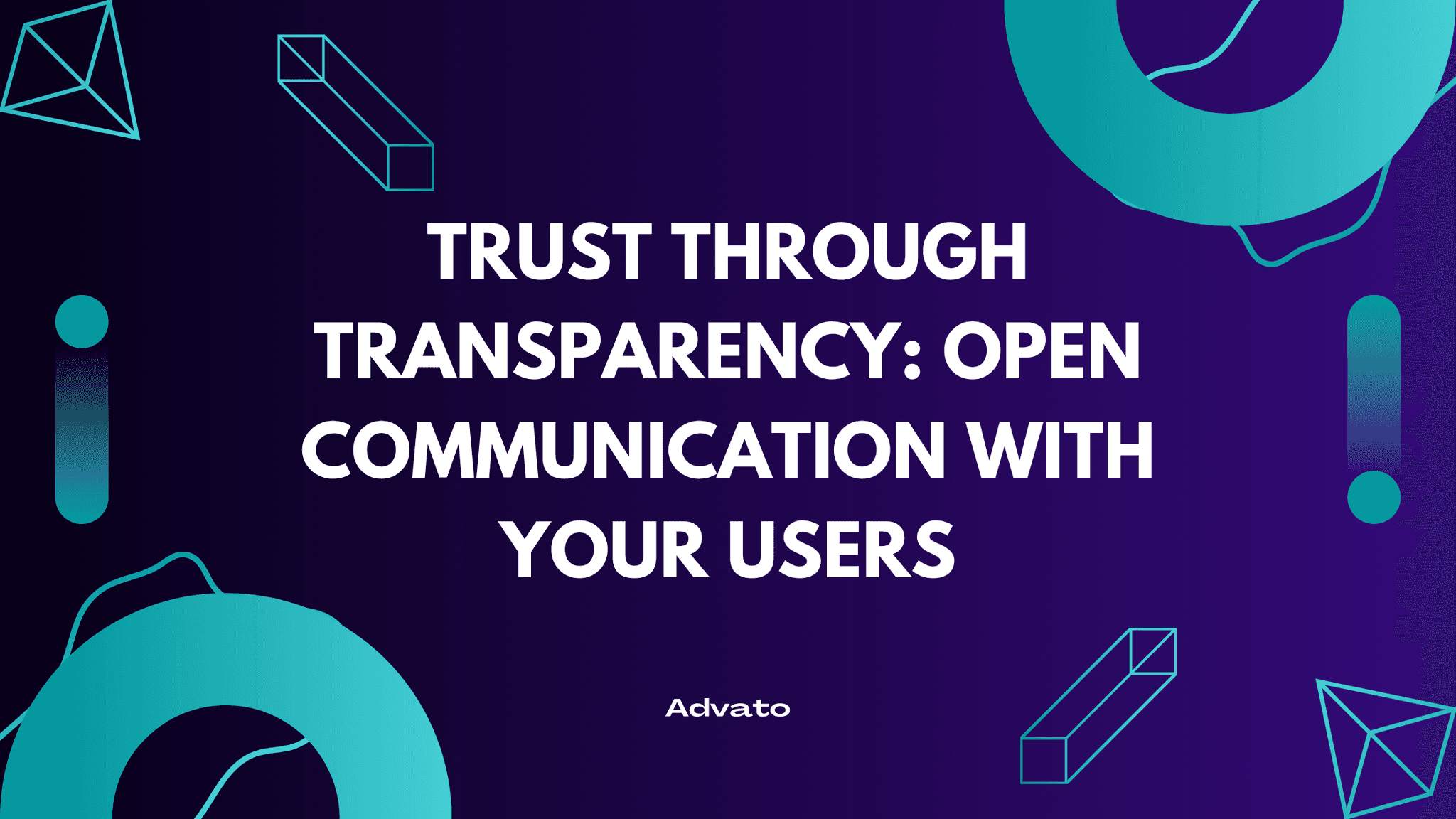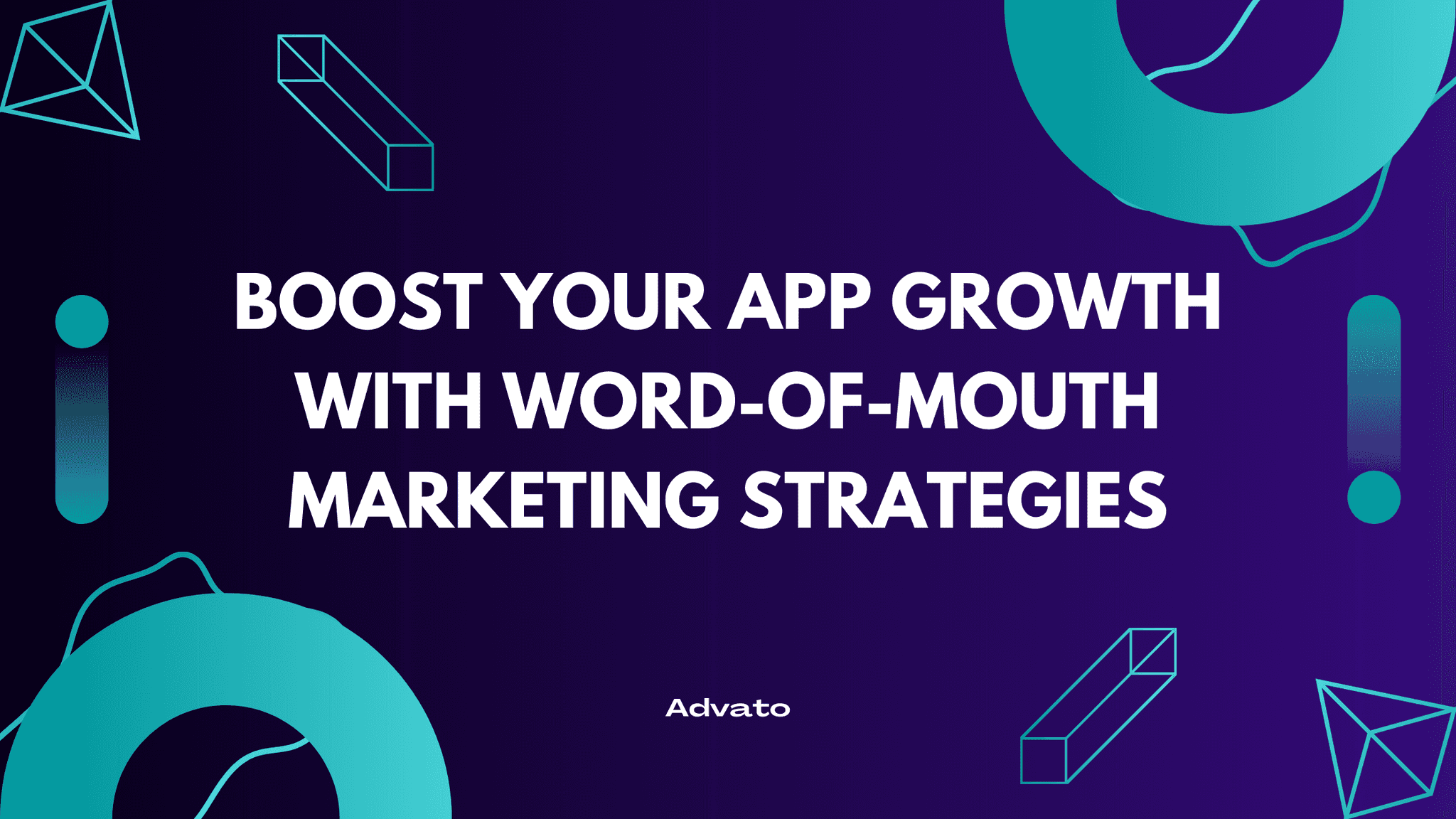Oct 16, 2024
If you're looking to boost your app's growth without breaking the bank, referral marketing is your secret weapon. But how do you know if your referral program is actually working? Let's dive into the key metrics and KPIs you need to track to measure the success of your referral program.
Why Measuring Your Referral Program's Success Matters
Referral programs are more than just a buzzword in app marketing—they're a proven strategy for acquiring high-quality users at a lower cost. But like any marketing effort, you need to keep an eye on the numbers to ensure you're getting the most bang for your buck.
Measuring the right metrics helps you:
Understand user behavior: See how users interact with your referral program.
Optimize performance: Identify what's working and what needs tweaking.
Justify investment: Prove the value of your referral program to stakeholders.
Key Metrics and KPIs to Track
Here are the essential metrics you should monitor to gauge the success of your referral program.
1. Number of Referrals
What it is: The total number of times users have shared your app with others.
Why it matters: This metric gives you a baseline understanding of how engaged your users are with your referral program.
How to improve it: Encourage sharing by offering incentives and making the referral process seamless.
2. Conversion Rate
What it is: The percentage of referred users who take a desired action, like downloading your app or making a purchase.
Why it matters: A high conversion rate indicates that your referral program is effectively turning leads into active users.
How to improve it: Optimize your landing pages and make sure the referral incentive is compelling.
3. Viral Coefficient
What it is: A measure of how many new users each existing user brings in.
Why it matters: A viral coefficient greater than 1 means your app is growing exponentially through referrals.
How to improve it: Enhance the referral incentives and make sharing easy across multiple platforms.
4. Customer Lifetime Value (CLV or LTV)
What it is: The total revenue you can expect from a single user over the course of their relationship with your app.
Why it matters: Understanding CLV helps you assess the long-term value of users acquired through referrals.
How to improve it: Focus on user retention strategies to increase CLV.
5. Cost Per Acquisition (CPA)
What it is: The cost associated with acquiring a new user through your referral program.
Why it matters: Lowering CPA means you're getting more users for less money, improving your return on investment.
How to improve it: Optimize your referral incentives and reduce unnecessary spending.
6. Retention Rate
What it is: The percentage of users who continue using your app over time.
Why it matters: High retention rates indicate that referred users find value in your app.
How to improve it: Enhance user experience and continually provide value to keep users engaged.
7. Engagement Metrics
What they are: Measures of how users interact with your app, such as session length and frequency.
Why they matter: Engaged users are more likely to become advocates and refer others.
How to improve them: Add engaging features and send personalized notifications.
8. Referral Revenue
What it is: The total revenue generated from users acquired through referrals.
Why it matters: Directly ties your referral program to your bottom line.
How to improve it: Focus on upselling and cross-selling to referred users.
Tools to Help You Measure These Metrics
Tracking these metrics might sound like a chore, but thankfully, there is a tool designed to make this process a breeze.
Advato: Your Partner in App Growth
If you're searching for the easiest way to implement and grow referrals in your mobile app, look no further than Advato. It's designed specifically for app developers and marketers to:
Simplify Referral Tracking: Easily monitor all your key metrics in one place.
Boost App Growth: Leverage powerful referral features to acquire users at a lower cost.
Enhance User Quality: Attract high-quality users who are more likely to engage and spend.
With Advato, you can focus on what you do best—creating an amazing app experience—while it takes care of the referral mechanics.
Best Practices for Tracking and Optimizing Your Referral Program
To get the most out of your referral program, keep these tips in mind:
Make Referrals Easy
Nobody likes jumping through hoops. Ensure that sharing your app is as simple as a few taps.
Offer Compelling Incentives
Whether it's discounts, exclusive content, or in-app currency, make sure your incentives are enticing enough to motivate users.
Personalize the Experience
Customize referral messages and offers based on user behavior to increase engagement.
Test and Iterate
Continuously test different elements of your referral program, like call-to-action buttons and incentive structures, to see what works best.
Promote Across Channels
Don't limit your referral program to in-app prompts. Promote it via email, social media, and even offline channels.
Conclusion
Measuring the success of your referral program is important for sustainable app growth. By focusing on the right metrics and utilizing Advato, you can optimize your referral marketing efforts and watch your user base grow organically.
Ready to take your app referral marketing to the next level? Give Advato a try and see the difference it can make in acquiring high-quality users while keeping costs low.


